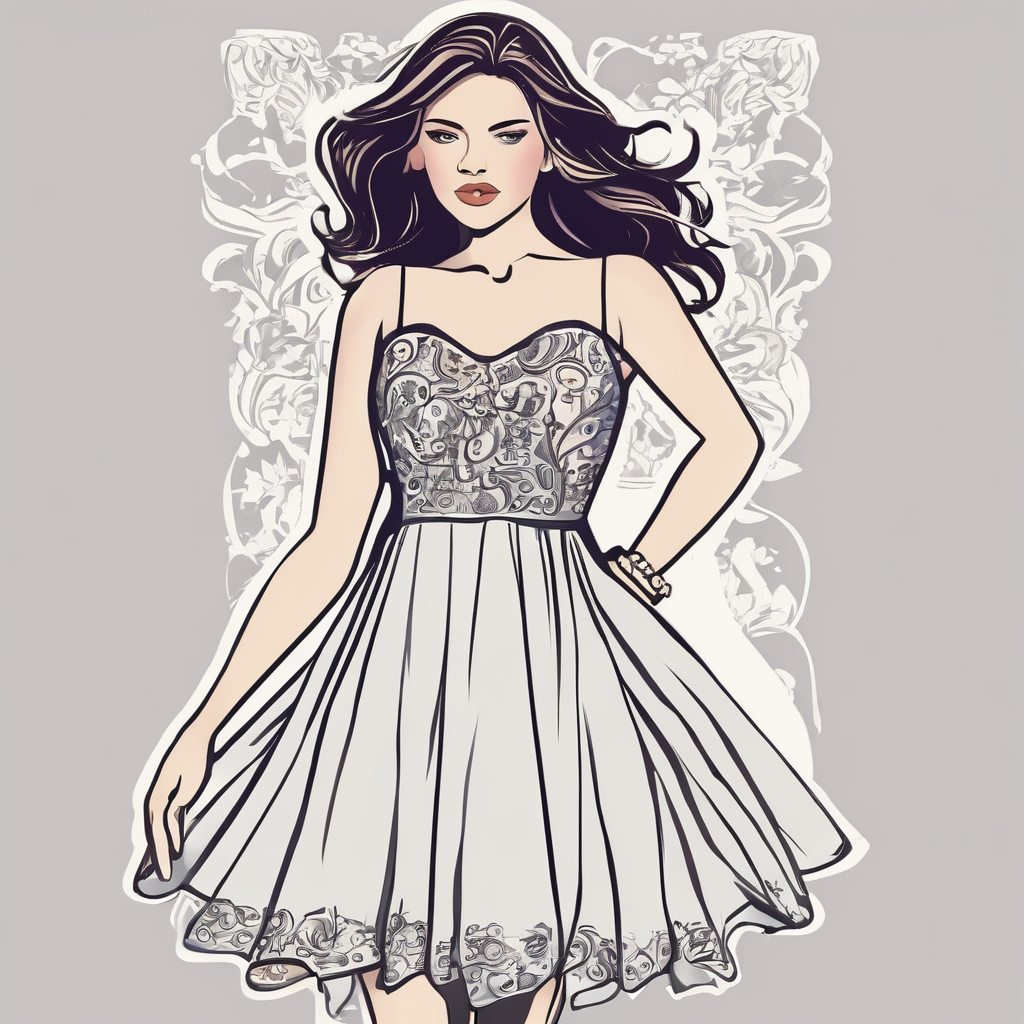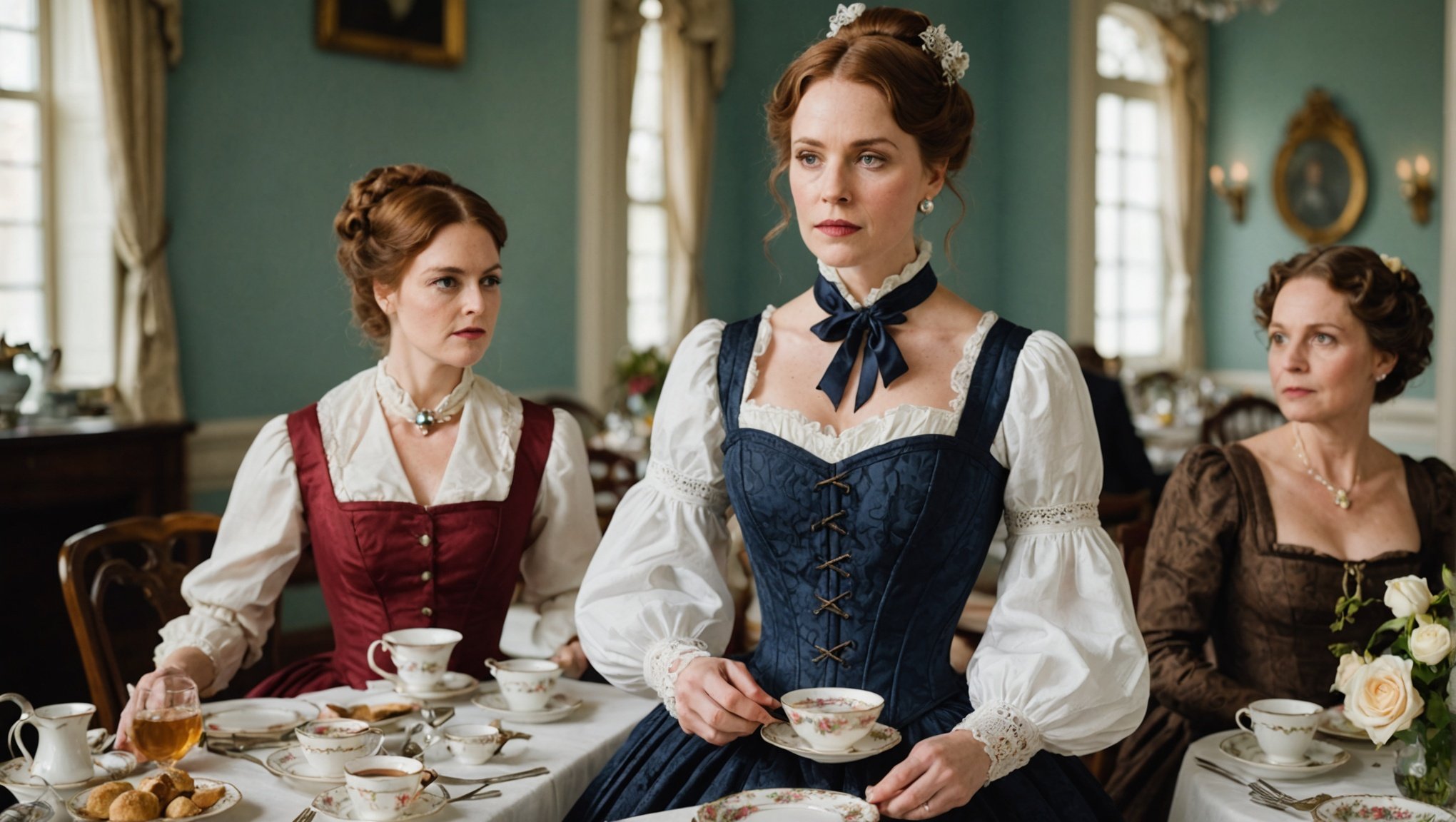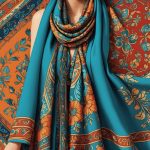Stepping into a Victorian or Edwardian era tea party can feel like stepping back in time. The dresses, the lace, and the corsets all lend an air of elegance and sophistication that’s hard to achieve with contemporary style. And one of the most iconic pieces of this era’s fashion – the corset – is making a comeback in modern times. If you’re attending a tea party and looking to channel your inner Victorian, dressing the part can make a significant difference. This article will provide some style inspiration for incorporating a corset into your look to radiate that timeless, classic charm.
Embracing the Corset Style
Before the advent of elastic, the corset was the backbone (quite literally) of a woman’s wardrobe during the Victorian and Edwardian eras. Worn under dresses to give the wearers a smaller waist, it was a crucial piece in shaping women’s bodies to fit the desired fashion of the time.
Also to see : How to Style Vegan Suede Boots for a Sustainable Yet Trendy Look?
Today, corsets are worn as an outerwear item rather than hidden beneath layers of fabric. Corsets can now be found adorning dresses, worn over blouses, or as standalone pieces. The modern corset has been toned down from the tight-lacing styles of yesteryears. While they still offer a waist cinching effect, they are much more comfortable and less restrictive than their Victorian counterparts.
For a Victorian style tea party, opt for a corset in rich, dark hues like burgundy, navy, or forest green. Look for corsets with lace detailing or embroidered patterns for added elegance. Pair it with a high-waisted skirt or over a flowy blouse for the perfect blend of historical and modern fashion.
Topic to read : What Are the Most Fashionable Eco-Friendly Fabrics for Summer Dresses?
The Art of Accessorizing a Corset
Now that you’ve selected your corset, it’s time to accessorize. During the Victorian era, women adorned their outfits with numerous accessories like gloves, hats, and parasols. These pieces were not just decorative but were also functional, protecting the wearer from the sun and elements.
While you may not need a parasol for your tea party, a pair of lace gloves or a hat with a wide brim can help evoke that Victorian era feel. Opt for accessories in similar hues as your corset to create a harmonious look. For an added touch of elegance, consider accessorizing with pearls or other vintage-inspired jewelry.
Choosing the Perfect Dress
The dress is a central piece in the Victorian era styling. Women at that time used to wear full-length dresses with a tight bodice and a wide skirt. The dress style was often completed with a corset to create the desired silhouette.
For a modern-day Victorian tea party, consider wearing a dress with a corset-like bodice or a dress that can be worn with a corset over it. A dress with a full skirt can mimic the silhouette of the Victorian era. If a full-length dress isn’t your style, opt for a midi-length as it gives a nod to the past era while still being contemporary.
If you prefer a more Edwardian style, choose a tea-length dress. This style of dress was popular during the Edwardian era, named as such because it was often worn during afternoon tea. These dresses typically have a loose, flowing silhouette, which can be cinched at the waist with a corset for a modern twist.
Styling the Corset with Hairstyle and Make-up
The next step in your Victorian era transformation is to consider your hairstyle and make-up. During the Victorian era, women often wore their hair in elaborate updos, with curls and braids adorning their heads.
Now, you don’t need to replicate these hairstyles exactly. Instead, you can take inspiration from them. Try a simple updo with loose curls or add some braids to your hairstyle. You can also consider using a vintage-inspired hair accessory, like a pearl hairpin or a lace headband, to add a touch of Victorian elegance.
For your make-up, go for a natural, fresh-faced look. During the Victorian era, heavy make-up was frowned upon, so opt for a light touch. Focus on highlighting your natural beauty with a bit of blush, a touch of mascara, and a subtle lip color. This will help you achieve a polished, classic look that complements your corset and dress.
Perfecting The Front Lace-Up Technique
The most iconic detail on a corset is the front lacing. This not only adds a visual interest to your outfit but also allows you to adjust the corset’s fit. Lacing up a corset can be a bit tricky if you’re new to it, but with a little practice, you can master the technique.
First, make sure the corset is right-side-up. The bust area should have more room and the tabs or loops for lacing should start wider apart at the top and get closer together towards the waist.
Thread the lace through the topmost pair of loops or holes, making sure both ends are even. Use a criss-cross pattern, going diagonally from one side to the other, always ensuring to go under and through the loop or hole.
Take your time. The process is not a race. Once you’re laced in, adjust the fit. The corset should be snug but not uncomfortable. Remember, modern corsets are more about achieving a certain look rather than drastically reducing your waist size.
The Role of Patterns and Boning Channels in Corsets
A quintessential component of a corset is the boning. In a corset, boning channels are sewn into the garment to hold the boning, typically made of steel, which gives the corset its rigid structure. These boning channels play an essential role in creating the desired silhouette and are a hallmark feature of corsets from the Victorian and Edwardian eras.
In the past, corsetmakers would painstakingly draft pattern pieces, sew boning channels, and insert the boning to create the rigid structure of the corset. This process could take hours or even days. However, many modern corsets available in shops like the Nataya shop, for example, have the boning channels and pattern pieces already built into the garment, making them much more accessible and ready-to-wear.
When choosing a corset for your tea party, consider the boning channels’ layout and the pattern on the corset. The placement and number of boning channels can affect how the corset fits and shapes your body. In general, more boning channels can provide better support and shaping, but they could potentially make the corset less comfortable.
Historically, corset covers were also worn over the corset to smooth out the lines of the boning channels and create a more seamless look under clothes. Nowadays, corset covers can be a stylish addition to your ensemble, adding an extra layer of sophistication and modesty.
Donning the Complete Look: From Tea Gowns to Accessories
Victorian and Edwardian eras are renowned for their ornate tea gowns. Whether the ensemble is a house dress for an intimate gathering or a more formal tea gown for a public tea party, the corset is an integral part of the outfit.
Tea gowns of the time period were typically full-length, flowing garments often adorned with lace, silk, and other luxurious fabrics. They often featured high necklines and long sleeves, the latter often boasting intricate detail. When worn with a corset, these gowns would showcase a cinched waist and a full skirt, creating the iconic silhouette of the eras.
When choosing a tea gown for your party, try to mimic these characteristics. A dress from the Nataya shop, for example, can offer modern interpretations of these classic styles. Look for gowns with high necklines, long sleeves, and a full skirt. You can even add a corset cover or chemise drawers for additional layers of authenticity.
Your ensemble wouldn’t be complete without corresponding accessories. Victorian and Edwardian women often wore gloves and carried parasols, which were not just decorative but were functional, protecting the wearer from the sun and elements. These accessories, along with vintage-inspired jewelry such as pearls, will add an additional layer of sophistication to your look.
Try incorporating some fashion sketches into your planning process. This could help you visualize your outfit and ensure all elements work harmoniously together.
Conclusion
Embracing the elegance of Victorian and Edwardian eras for a tea party is a delightful fashion challenge. From the boning channels and pattern pieces that give a corset its shape, to the decadent tea gowns and accessories, every detail counts.
The seam allowances, something often overlooked, in a corset construction, for instance, can impact its fit and comfort. A slight adjustment in the seam allowance can make a world of difference, making the corset more comfortable to wear for an extended period. Remember, the corsets of today do not have to be as restrictive as those of the Victorian era, and comfort should not be sacrificed for style.
In the end, it’s all about blending the vintage charm of the Victorian and Edwardian era with the comfort and accessibility of modern fashion. Whether you’re going for a more Victorian look with a full-length gown and a tightly laced corset or leaning towards the Edwardian era with a flowing tea dress, remember that the goal is to have fun and feel fabulous.
So, step into the past with a fashion-forward stride. Lace up that corset, don that tea gown, and enjoy your tea party with a dash of historical charm and a splash of modern style.











